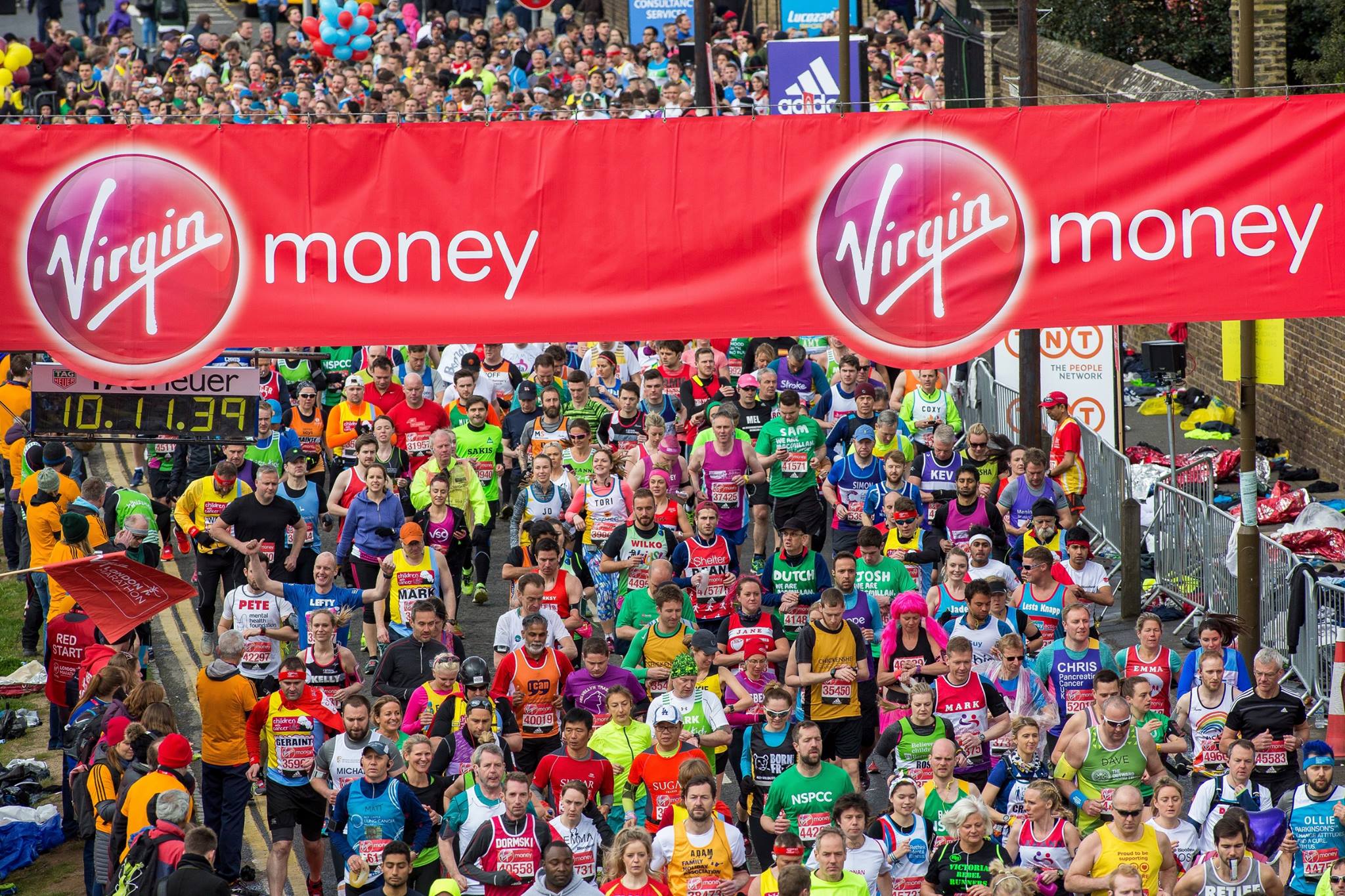Nutritionist Fiona Lawson is here to remind us of what you should and shouldn’t be eating, as well as what you can be doing to prevent joint and bone damage.
1. Prioritise protein
Without the right amount of protein in your diet, you’re going to struggle to get the results that you want, no matter how much you sweat.
Luckily there are easy ways to include more protein in your eating plan: “A wide variety of protein-rich foods – including lean meat, eggs, tofu, nuts and seeds – can help to repair and strengthen muscle tissue after long training runs.”

2. Embrace complex carbs
Slow absorbing Carbohydrates, also described, as ‘good carbs’ will give you a steady stream of energy. “Carbohydrates are your body’s preferred energy source.
Load up on fruits, wholegrains and potatoes to replenish glycogen stores in your liver and muscles, which will prevent you from ‘hitting the wall’”
3. Cut down on added sugar
After training your body goes into repair mode and tries to rebuild your hard-working, worn-out muscles. This healing process can result in temporary inflammation.
If you take it easy and fuel properly during this period, this will help your body return to normal. – “Several studies have found that consuming lots of added sugar can increase inflammation.
Paradoxically, it can also dampen your immune response (not good when you’re training intensely).”
4. Sleep well
Sleep is as important to our health as eating, drinking and breathing. Sleep gives your body time to recover, conserve energy and rebuild the muscles worked out during exercise.
“Your body carries out most of its repair work while you’re sleeping. Aim for at least 7–8 hours a night, and more on the days where you’ve done long training runs.”
5. Sardines
Befriend these sea creatures – “Make the most out of sardines. These are not only brimming with anti-inflammatory omega-3 fats, but the tiny bones in the fish also provide you with bone-supporting calcium and vitamin D.”
6. Eat the rainbow
Eat the rainbow, be the rainbow, feel the rainbow – “Dark-coloured fruits and vegetables contain antioxidants that combat the oxidative stress caused by exercise. They also contain vitamin C, which helps to make the collagen found in your cartilage, tendons and ligaments.”
7. Take an Epsom salt bath
A soak in the bath is good for both your mental well-being and physical wellbeing. For an extra boost why not chuck in some Epsom salts? “Epsom salts are magnesium sulphate.
This mineral helps to strengthen bones and maintain joint cartilage—and it can be absorbed through your skin. Run a bath, throw in a handful of Epsom salts, and take a moment to relax.”
8. Give some extra TLC to your weight-bearing joints
“We’re more likely to damage our knees because they’re weight-bearing joints – and we use them all the time! Your knees work hard every time you stand or walk, let alone when you run.
You can help to reduce joint pain by eating foods that are known to reduce inflammation in the body. These include olive oil, leafy greens, tomatoes, nuts, berries and oily fish. Ginger has been found to help knee pain too, as has cherry juice.”
“Of course, it’s also a good idea to help increase your knee strength in the first place: eat a diet based on whole foods, let your body rest when needed, and consider taking targeted supplements that include the joint-supporting nutrients including calcium and vitamin C.”
